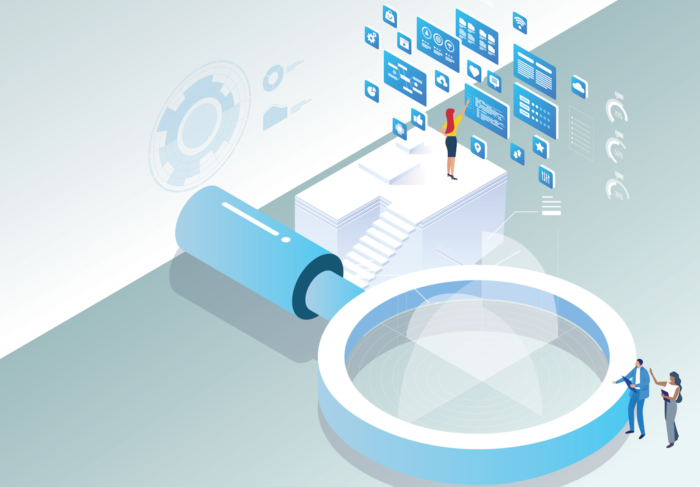As part of the Australian Renewable Energy Agency (ARENA) organisational transformation program, Pragma delivered an inter-organisational service design blueprint for ARENA. The purpose was to articulate the service delivery model for ARENA to improve its services across the application value chain, from awareness raising and outreach to application decision. The design drove tangible, practical action and change that is strategic in its considerations of the consumers of ARENA services, along with ARENA staff. The idea was to replace a number of forms with a single form that could be used throughout the application and assessment process and build upon the previously provided information.
The first step in the design process was to outline the user architecture to determine the key form logic and user flow that would drive the development of the form. The second step was to develop the questions and related question mapping logic required to support the user flow through the forms.




